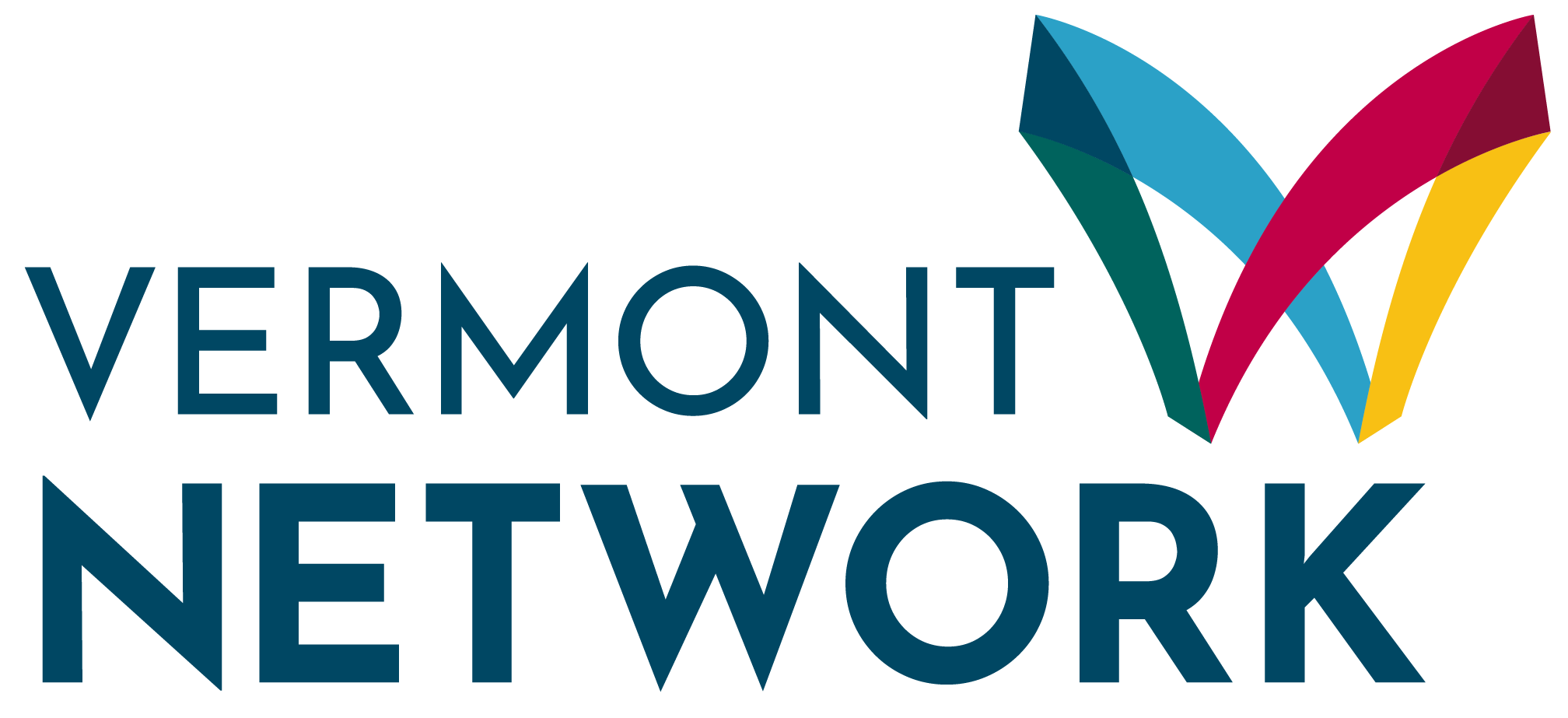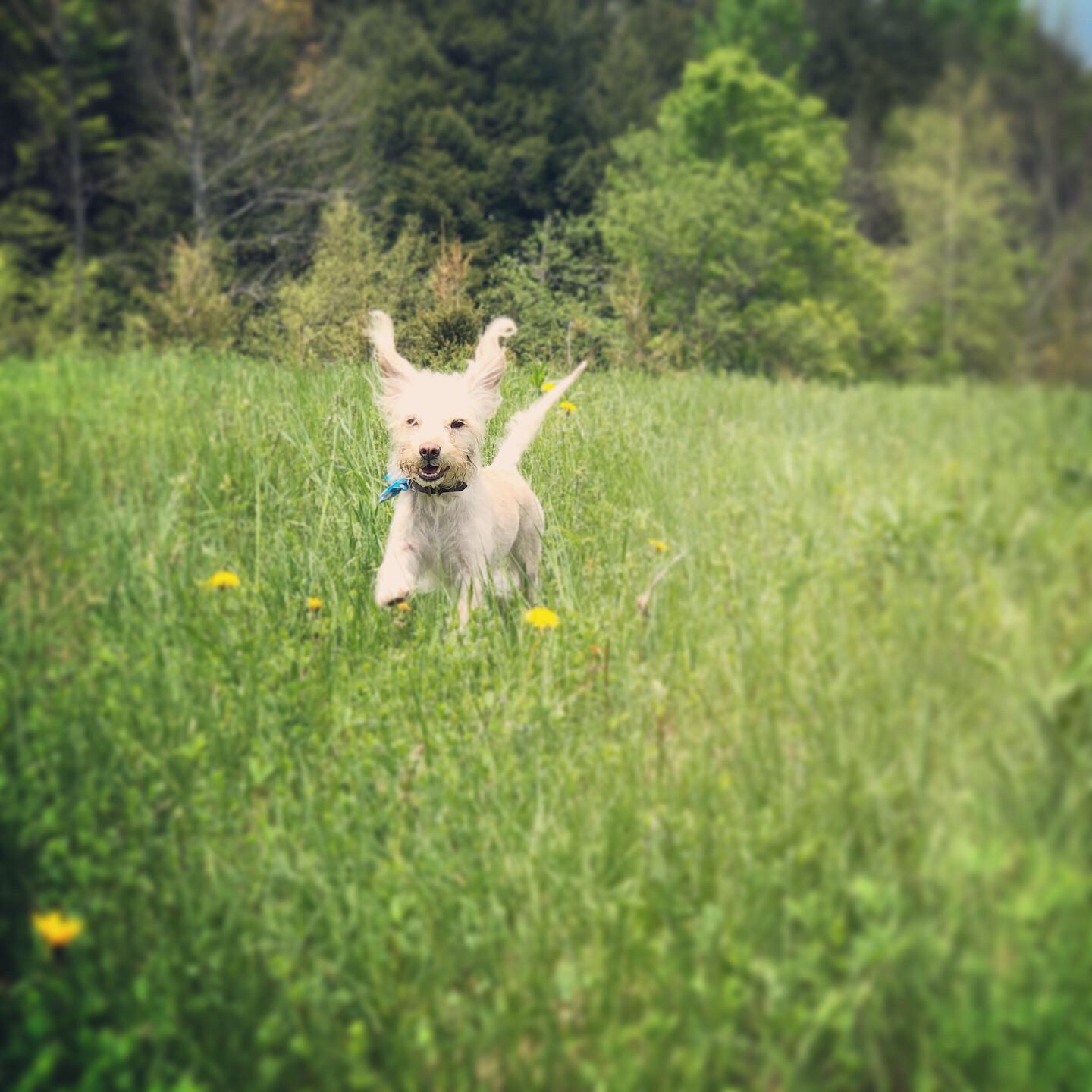Advocacy Week – Healing and Resiliency!
[vc_row][vc_column][vc_column_text]As part of our Advocacy Week Celebration, we are blogging daily, focusing on a different theme of Advocacy each day. Today, advocates from the organizations SACT, AWARE and Voices Against Violence spoke to us about the topic of Healing and Resiliency.
HEALING AND RESILIENCY
By Kelli Risitano, Director of Advocacy and Healing Initiatives
“Healing takes vulnerability and being vulnerable is actually a form of strength. And I think we are all so afraid to be vulnerable because we think it’s a weakness and we are exposing ourselves. In reality, we are just opening ourselves up to let the light in.” – Leah Barnett, Voices Against Violence [/vc_column_text][/vc_column][/vc_row][vc_row][vc_column width=”2/3″][vc_column_text]Healing and resiliency are deeply intertwined and essential components of our work and for our own well-being. Building practices and communities that support resiliency building and healing is so vital in the lives of survivors, within ourselves, and others along our journey. This work shows up in various ways and with many different meanings and understanding, but the commonality that binds us all is that it is something we all deserve! When talking with Martha at Voices she said, “Everyone deserves to be healed and I don’t think everyone knows that.”
What does healing mean to you? It’s important to know that your answer is likely very different from those around you! Healing and building resiliency are different for everyone based on so many variables and life experiences. Victoria from SACT defines healing as, “being in a dynamic process of uncovering truth and being supported in moving toward truth. Healing means naming the truth of our experiences and knowing that our truth is not the whole truth. Healing is a dynamic process of working with the world as it is and building a vision for what the world can be, beyond the impunity of sexual harm. Healing is an emBODIED process, where we come to listen deeply to our bodies, our hearts, and allow the truths there to be valued and named in this healing process.”
Healing is a process and one that isn’t linear. Survivors and all of us have many paths to healing and building up resiliency after experiencing adversity or harm. Advocates, like Hannah from AWARE, see healing in each small step someone takes to rebuild and reclaim their lives. She reported, “Every small victory that somebody has is a little bit closer to healing. Like, picking up the phone to call us or make that first step and it’s scary. We see it in the shelter with people staying there as they make and build communities that help and support their healing.”
Not everyone knows where to begin with the process of healing and it can feel overwhelming. It can be overwhelming and starting is sometimes the hardest step in the healing journey. Tonda at AWARE reports, “I think some people are afraid of healing, because they are not feeling like they are ready to face whatever it is that hurt them. The magical thing about healing, is that it can help people get to the other side.” While it may be scary, Laurie also notes that, “The people we work with are very strong and resilient. They are survivors and they know how to take care of themselves though sometimes they don’t have the resources or community support they need. We can help them discover those resources in the community and rediscover the resiliency resources within their own hearts and bodies.” All of us are born with resiliency and a lot of the work we need to do is learning and building the practices and habits of resiliency in our everyday lives that help to support our collective healing.
Healing is for everyone – including ourselves! Let us not forget that we too need to be actively healing and nurturing ourselves. Building the practices of resiliency and healing for ourselves is imperative to our well-being and so that we can share the magic of it in our communities. Laurie from AWARE noted this when she said, “Because of the nature of the work we do, we have to keep ourselves somewhat vulnerable and we are much more prone to burnout and we have to keep ourselves healthy in order to be present for our communities.” So, how can you create space for healing for YOU today? What are YOUR practices of healing and resiliency? Who is someone in your life that supports and loves you on your journey of healing?[/vc_column_text][/vc_column][vc_column width=”1/3″][vc_single_image image=”2293″][/vc_column][/vc_row]

